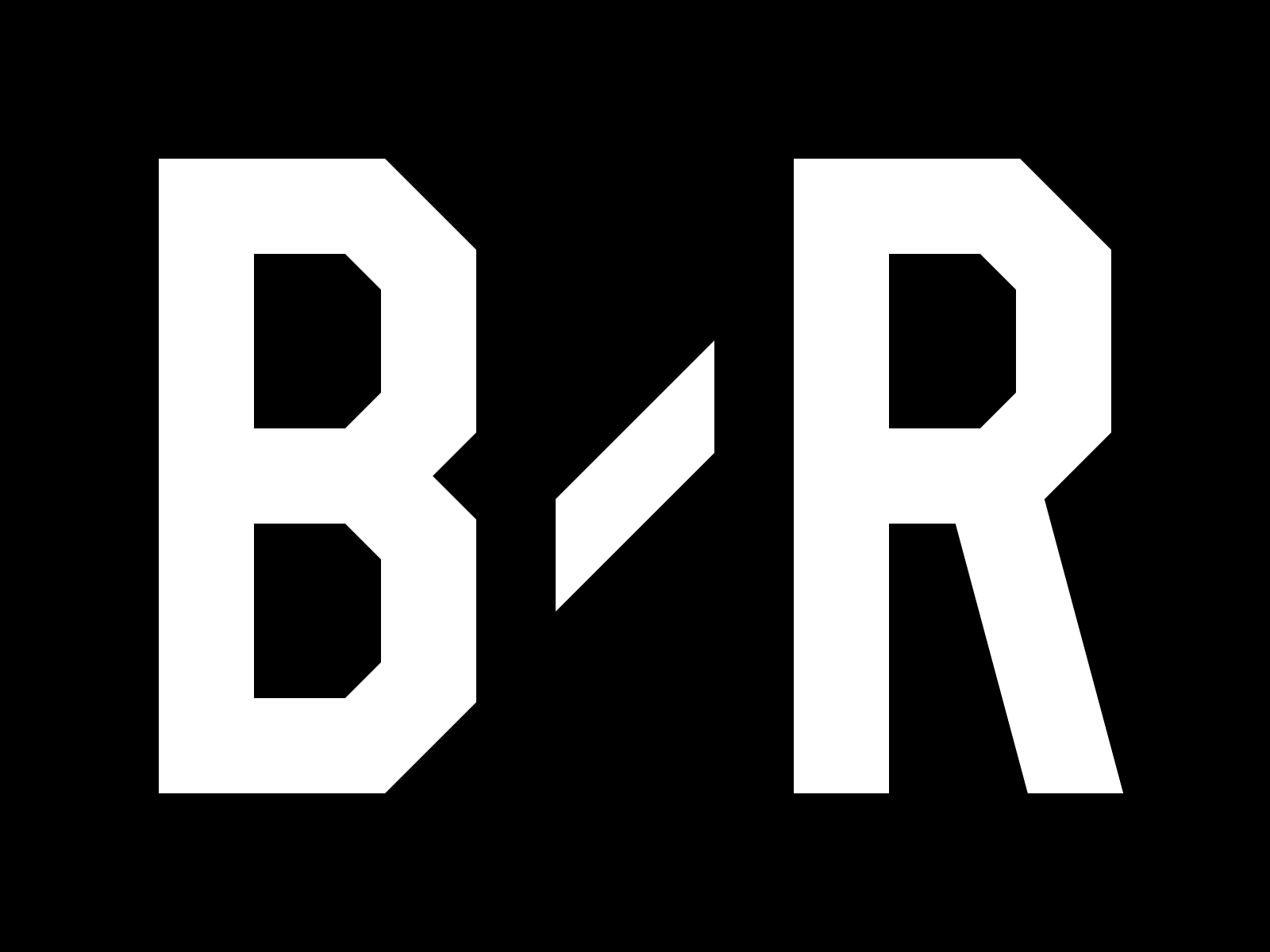Jose Mourinho is one of the finest tacticians in world football, so let's take a closer look at his methods to see how he managed to succeed.
It's possible to trace Internazionale's defensive sturdiness to his time at Chelsea, but why did he abandon the free-flowing template from Porto so soon?
Has he kept up to date with current formation changes or stuck rigidly to his own formula?
FC Porto
When he finally took control of FC Porto, just as he and president Jorge da Costa had always planned, it was probably two years later than Jose Mourinho would have ideally wanted.
Nevertheless, the Portuguese prodigy took to the job and churned out results quickly, showing promising belief and tactical flexibility.
His biography, Made in Portugal, sheds a lot of light on his early career, but the most intriguing thing it reveals is that he used to run practice sessions with 10 men—just in case his side received a red card during a competitive game.
As head coach of one of the best teams in Portuguese football, Mourinho stuck mostly to his attacking 4-3-3 formation, but made individual tweaks for almost every game.
Ricardo Carvalho, Costinha, Deco and Derlei were some of the standout players during this reign.
Chelsea
Take Jose Mourinho's 4-3-3 blueprint and bring it straight to Stamford Bridge, where Chelsea took advantage of the fact that most English teams were stuck in the doldrums of the 4-4-2.
He brought Ricardo Carvalho and Paulo Ferreira with him from FC Porto to ease the transition—much the same way as Brendan Rodgers took Joe Allen to Liverpool with him—and continued to adapt his team slightly according to their respective opponents.
Here, he explains to ZonalMarking the merits of a one-man advantage in any area of the pitch, and how it helped him beat teams with ease.
Look, if I have a triangle in midfield—Claude Makelele behind and two others just in front—I will always have an advantage against a pure 4-4-2 where the central midfielders are side by side.
That’s because I will always have an extra man. It starts with Makelele, who is between the lines. If nobody comes to him he can see the whole pitch and has time. If he gets closed down it means one of the two other central midfielders is open.
If they are closed down and the other team’s wingers come inside to help, it means there is space now for us on the flank, either for our own wingers or for our full-backs.
There is nothing a pure 4-4-2 can do to stop things.
The strategy was effective because it was different, it held a genuine numerical advantage, and his players understood it. Chelsea ground out games incredibly well thanks to this system, plus the immensity of Didier Drogba helped when things got rough.
They conceded a record-low 15 goals that year (via Statto.com).
Internazionale
When asked about Jose Mourinho's methods on Sky Sports News, former apprentice-turned-West Brom manager Steve Clarke replied (via the Wall Street Journal): “His preparation for training and matches was on another level to what I’d ever seen. His attention to detail was extraordinary.”
This was true for Mourinho throughout his career, but it shned through with particular vehemence with Internazionale.
He inherited a broken team spirit, sure, but in 2008 the San Siro was housing world-class stars everywhere you turned.
He took his small tweaks and blew them up, opting for different patterns and base formations in most games. Esteban Cambiasso, Wesley Sneijder, Dejan Stankovic, Goran Pandev and Javier Zanetti are all freakishly versatile beings, able to adapt and change from one game to the next.
Mourinho frequently came up with something just a little bit different, which enabled him to stay ahead of the game and claim famous victories at Stamford Bridge and Camp Nou (aggregate).
They were nearly all variants of the 4-3-3, but he threw 4-4-2s and 4-5-1s in for good measure all the same.
Real Madrid
Jose Mourinho has never felt it necessary to keep possession for possession's sake, but he has found it important throughout his career to change his formation to suit the current game.
This was particularly evident at Internazionale, where lots of his good work was built on grit, determination and counterattacking football, and it was again relevant upon arrival at the Santiago Bernabeu.
He's stuck with the fashionable 4-2-3-1 with Los Merengues, recruited Ricardo Carvalho for an astonishing third time and poured his faith into the same old areas of the pitch.
Take his innovative Chelsea triangle and replace it with a double midfield-holding pivot in Sami Khedira and Xabi Alonso. Take a powerful Didier Drogba who occupies two markers and replace him with Cristiano Ronaldo.
If there's one area he's tinkered with incessantly over his career, it's central midfield. Perhaps that's indicative of his footballing beliefs.


Read 0 Comments
Download the app for comments Get the B/R app to join the conversation